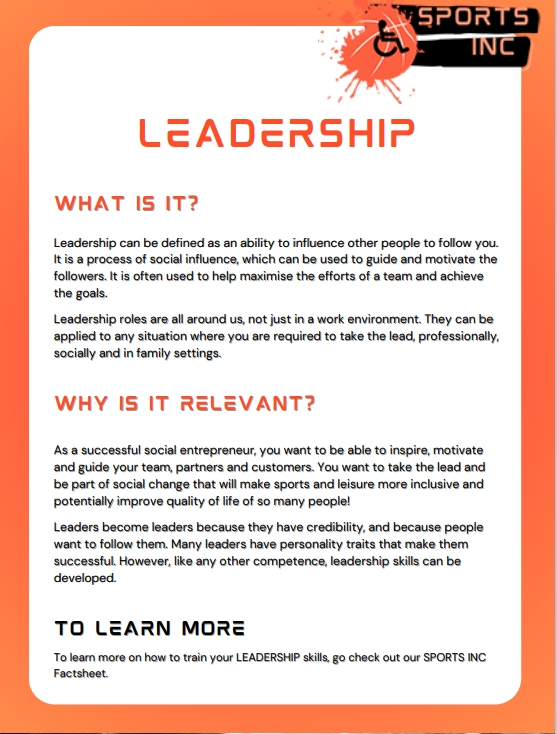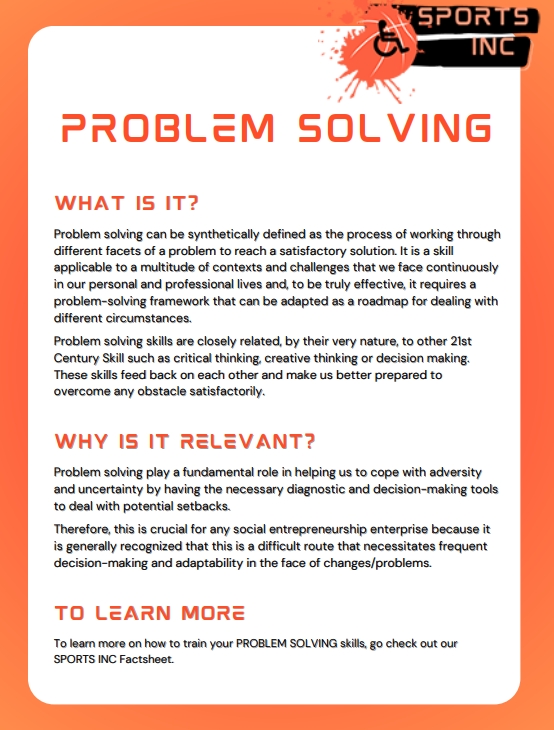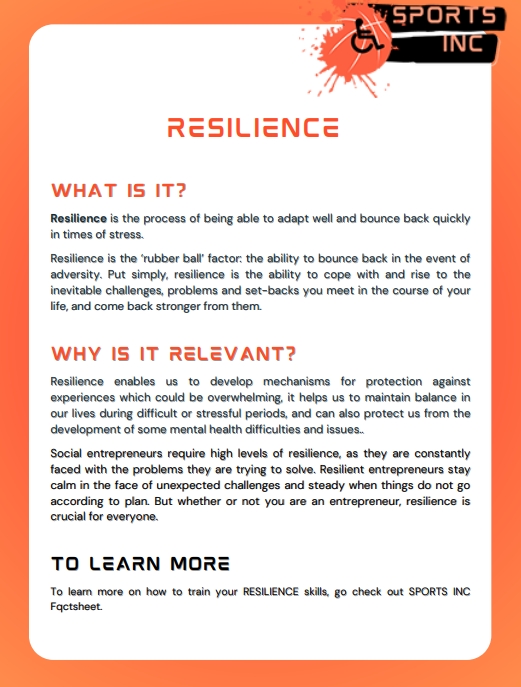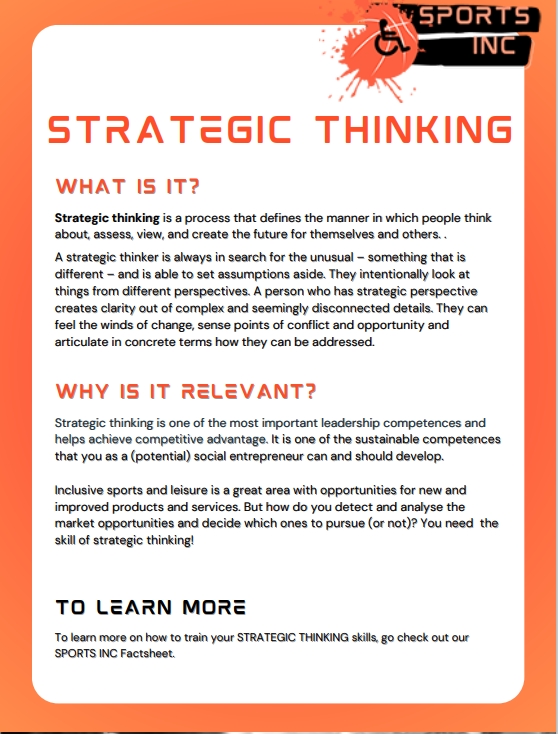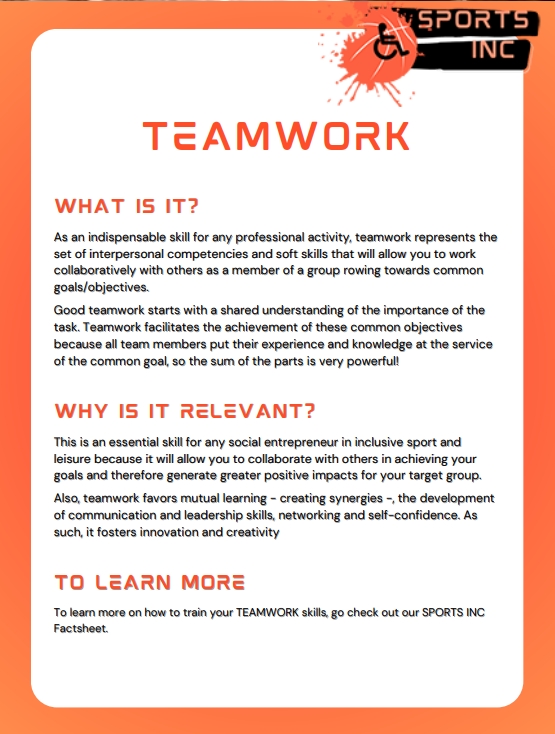LEADERSHIP
There is hardly such a thing as a “born leader”. Leadership is an acquired attribute that begins early in school and on the playground. As time goes on, education, jobs, and life experiences shape a leader’s philosophy and psychology.
Six different leadership styles were described by the psychologist Daniel Goleman:
The visionary leadermobilizes the team toward a common vision and focuses on end goals, leaving the means up to each individual. If this style were summed up in one phrase, it would be “Come with me.” This style works best when the team needs a new vision because circumstances have changed, or when explicit guidance is not required. It is not the best fit when the leader is working with a team of experts who know more than him or her.
The affiliative leadercreates people connections and thus harmony within the organization. It is a very collaborative style which focuses on emotional needs over work needs. If this style were summed up in one phrase, it would be “People come first.” The affiliative style works best in times of stress, when teammates need to heal from a trauma, or when the team needs to rebuild trust.
3. The coaching leaderdevelops people for the future “Try this.” The coaching style works best when the leader wants to help teammates build lasting personal strengths that make them more successful overall. It is least effective when teammates and unwilling to change or learn, or if the leader lacks proficiency.
4. The democratic leader builds consensus through participation. If this style were summed up in one phrase, it would be “What do you think?” This style is most effective when the leader needs the team to buy into a decision, plan, or goal, or if he or she needs fresh ideas from qualified teammates. It is not the best choice in an emergency situation or when teammates are not informed enough to offer sufficient guidance to the leader.
5. The pacesetting leader builds challenge and exciting goals for people, expecting excellence and often exemplifying it themselves. They identify poor performers and demand more of them. If this style were summed up in one phrase, it would be “Do as I do, now.” The pacesetting style works best when the team is already motivated and skilled, and the leader needs quick results. Used extensively, however, this style can overwhelm team members and squelch innovation.
6. The commanding leader demands immediate compliance “Do what I tell you.” This is the classic model of “military” style leadership – probably the most often used, but the least often effective. Because it rarely involves praise and frequently employs criticism, it undercuts morale and job satisfaction. However, it can be effective in times of crisis or during an actual emergency. This style can also help control a problem teammate when everything else has failed. However, it should be avoided in almost every other case.
A number of other styles exist, including collaborative leader (see next section to learn more on this style), bureaucratic leader (focusing on every rule), task-oriented leader (focused on getting the job done), transformational leader (inspiring by expecting the best from everyone and themselves), etc.
We often associate leadership with a very visible and popular role that gives recognition and status, however a successful leader may have quite opposing characteristics.
Some great world leaders like M.K. Gandhi and Abraham Lincoln always put their vision ahead of their egos. They came across as shy and defenceless people in their mannerism and speech but were hardly so when it came to actions. This is sometimes referred to as Level 5 leadership. The Level 5 leaders are modest but fearless, and possess the capability to transform an organisation from good to great.
BENEFITS OF COLLABORATIVE LEADERSHIP
Collaborative leadership is an increasingly vital source of competitive advantage in today’s highly networked, team-based, and partnership-oriented business environments. For a social entrepreneur or an NGO, collaborative leadership is an approach definitely worth considering.
Collaborative leaders frequently search for a multiplicity of opinions and ideas amid colleagues to fix problems and set up strategies. Due to this co-working leadership, staff becomes more committed, self-confident, and more predisposed to seize ownership of their tasks.

Adapted from: Collaborative lead training co.
A collaborative attitude towards leadership in a team or an organisation has many advantages:
- People are more willing to take responsibility
- An open environment fosters a free flow of ideas, and the solutions are better than those taken by a single leader
- Collaborative leadership builds trust among team members
- Elimination of internal destructive competitiveness, thereby achieving better teamwork
- Common understanding of the organisation’s purpose, and stronger engagement.
- Increased employee loyalty
- Creating future collaborative leaders from inside the organisation
LEADERSHIP SKILLS
Leadership skills are highly sought after as they involve dealing with people in such a way as to motivate, enthuse and build respect.
While the ability to lead effectively relies on a number of key skills, different leaders have very different characteristics and styles.
There is a number of skills that most leaders possess or – more often – are still working on, including:
- Strategic thinking
- Self-confidence
- Motivation
- Innovation
- Flexibility
- Decision making
- Communication
Part of leadership is accepting the need of continuous improvement and development of a learning mindset. Check out the other SPORTS INC factsheets to learn more about different skills that are essential in leadership!
HOW TO BOOST YOUR LEADERSHIP SKILLS
How can you develop your leadership skills and style? Here are 6 steps you can follow:
Step 1. Identify your preferred leadership style
Consider taking the quiz http://www.skillsyouneed.com/ls/index.php/325444
Step 2. Identify and develop your strengths
Even though you may have a preferred leadership style, you most probably have other valuable skills too. You may ask your colleagues or friends what they think are the best things about your leadership. Playing to your strengths is important!
Step 3. Work on your weaknesses
You now need to think about, and develop, the styles that you are less good at. Watching and learning from others is a good way to learn. At first, when you try something that you have watched somebody else do, it will feel like ‘copying’ and may feel unnatural, but do persevere. Like an actor, you will need to rehearse your new role until it comes naturally.
Step 4. Draw on others
As you work on the development of your leadership, you can draw on others in your team to step up when necessary. Note who in your team has the skills and styles that you find particularly hard, and encourage them to take the lead when their style is more appropriate than yours. The best leaders create other leaders, not followers.
Step 5. Do something different
Think about which style you find hardest. Think about how you would say things if you were working in that style and practice saying them that way. Find ways which still sound like you, but in that style. For example, some people find it easier to give commands if they make them sound humorous. It is about recognising your starting point, as well as where you want to end up.
Step 6. Seek feedback
Ask others to give you feedback about how it felt when you behaved in different ways. It may be difficult to hear some of what they say, so don’t ask unless you really want to know and remember not to take it personally. Accept it and decide whether you want to act on it or not.

